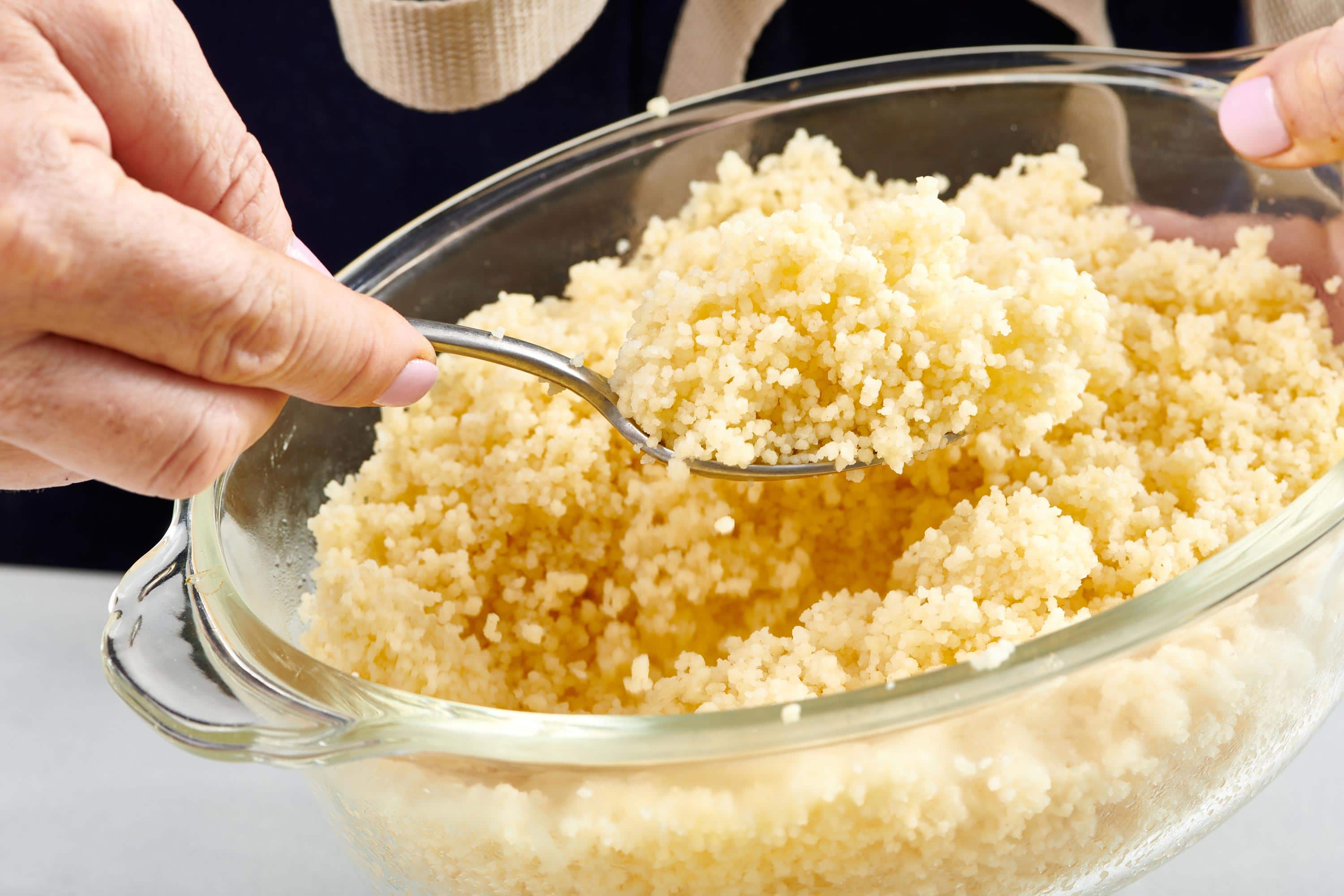How to Cook Millet: A Complete Guide
Millet is a versatile and nutritious grain that’s gaining popularity these days. It’s gluten-free, low in calories, and packed with fiber, protein, vitamins, and minerals. Moreover, it’s easy to cook and can be used in various dishes such as salads, porridge, soups, and stews.

Why Cook Millet?
Before we dive into the cooking process, let’s take a closer look at the benefits of eating millet:
Health Benefits of Millet:
- Rich in fiber: Millet contains both soluble and insoluble fiber that promote digestion, regulate blood sugar, and lower cholesterol levels.
- High in protein: Millet is a good source of plant-based protein that supports muscle growth, tissue repair, and immune function.
- Packed with vitamins and minerals: Millet is a good source of B vitamins, iron, magnesium, phosphorus, and zinc that are essential for overall health.
- Gluten-free: Millet is a safe option for people with celiac disease or gluten intolerance.
Types of Millet:
There are several types of millet available in the market:
Finger Millet:
This type of millet is also known as Ragi in India. It’s a rich source of calcium, iron, and antioxidants. It’s commonly used in porridge, pancakes, and baked goods.
Pearl Millet:
This type of millet is also known as Bajra in India. It’s a good source of protein, fiber, and minerals. It’s commonly used in porridge, flatbreads, and soups.
Foxtail Millet:
This type of millet is also known as Kangni in India. It’s a rich source of protein, iron, and calcium. It’s commonly used in salads, porridge, and rice dishes.
Proso Millet:
This type of millet is also known as Barri in India. It’s a good source of protein, fiber, and antioxidants. It’s commonly used in porridge, soups, and stews.
How to Cook Millet:
Now that we know the benefits and types of millet, let’s learn how to cook it:
Ingredients:
- 1 cup of millet
- 2 cups of water or vegetable broth
- A pinch of salt
Instructions:
- Rinse the millet under running water to remove any dirt or debris.
- In a medium-sized pot, add the millet, water or vegetable broth, and salt.
- Bring the mixture to a boil over high heat.
- Reduce the heat to low, cover the pot with a lid, and let the millet simmer for 18-20 minutes.
- Turn off the heat and let the millet sit for 5 minutes.
- Fluff the millet with a fork and serve.
Optional Add-Ins:
- Herbs: Add fresh or dried herbs such as thyme, rosemary, or basil to enhance the flavor.
- Spices: Add spices such as cumin, coriander, or turmeric to add warmth and depth to the dish.
- Nuts and seeds: Add toasted nuts and seeds such as almonds, walnuts, or sesame seeds to add crunch and texture.
- Fruits: Add fresh or dried fruits such as raisins, apricots, or cranberries to add sweetness and color.
- Veggies: Add chopped veggies such as bell peppers, onions, or carrots to add nutrition and flavor.
Advantages and Disadvantages
Like any other food, millet also has its pros and cons:
Advantages:
- Gluten-free
- Rich in fiber, protein, vitamins, and minerals
- Versatile and easy to cook
- Can be used in various dishes
Disadvantages:
- May contain antinutrients such as phytic acid that can reduce the absorption of minerals
- May cause allergic reactions in some people
- May have a bitter taste if not cooked properly
FAQ:
Q: Is millet good for weight loss?
A: Yes, millet is a low-calorie and high-fiber food that can help you lose weight by keeping you full and reducing your calorie intake.
Q: Can millet be eaten raw?
A: No, millet should be cooked before consumption to remove any harmful bacteria and to make it easier to digest.
Q: Is millet good for people with diabetes?
A: Yes, millet is a low-glycemic index food that can help regulate blood sugar levels and improve insulin sensitivity in people with diabetes.
Q: How long can cooked millet last in the fridge?
A: Cooked millet can last for up to 5 days in the fridge if stored in an airtight container.
Conclusion:
Now that you know how to cook millet and the benefits of eating it, you can add this nutritious grain to your diet and enjoy its delicious taste and health benefits. Whether you’re a vegan, vegetarian, or meat-eater, millet can be a great addition to your meals. So, go ahead and try some millet recipes today!
